Administration
| Site: | Rotary District 9675 My Learning |
| Course: | Club management |
| Book: | Administration |
| Printed by: | Guest user |
| Date: | Saturday, 17 January 2026, 5:10 AM |
Description
Administrating a Rotary Club effectively is very important. Effective administration means you will have more time for the fun side of being a Rotarian! What are the goals your club wants to achieve in the next year and in 3 to 5 years? Develop a plan, set achievable goals and decide how they will be achieved. The year ahead then takes on a purpose and members gain a sense of achievement and 'doing good' in their communities. 'Doing good' is why we become Rotarians. The second part of this resource will give you some information on how to conduct effective club meetings. Hope you find it useful!
1. Listen to Stephen Humphreys
Strategic planning is one of the most important tasks for a new president. The importance of having a plan for your year cannot be stressed enough in this course. Your plan should include the directions of the District and Rotary International.
Listen to the recording of Stephen Humphreys talking about the importance of Strategic planning
2. Strategic planning
 Strategic planning is an organisation's process
of defining its strategy, or direction, and making decisions on allocating its resources to pursue this strategy. It may also extend to control mechanisms for guiding the implementation of the strategy (Wikipedia accessed 25/3/2020).
Strategic planning is an organisation's process
of defining its strategy, or direction, and making decisions on allocating its resources to pursue this strategy. It may also extend to control mechanisms for guiding the implementation of the strategy (Wikipedia accessed 25/3/2020).
Strategic planning is important for you as president to plan your year ahead. You should have completed your Rotary Health Check and identified areas for improvement. The next step is to get a team of members together to set your goals, then to develop a plan for achieving those goals. You should align your club's goals to reflect those of the District and Rotary's strategic plan.
2.1. Rotary health check
Hopefully your president elect has already completed the Rotary Health Check as part of PELD. Ask them for the results.
2.2. Planning your year
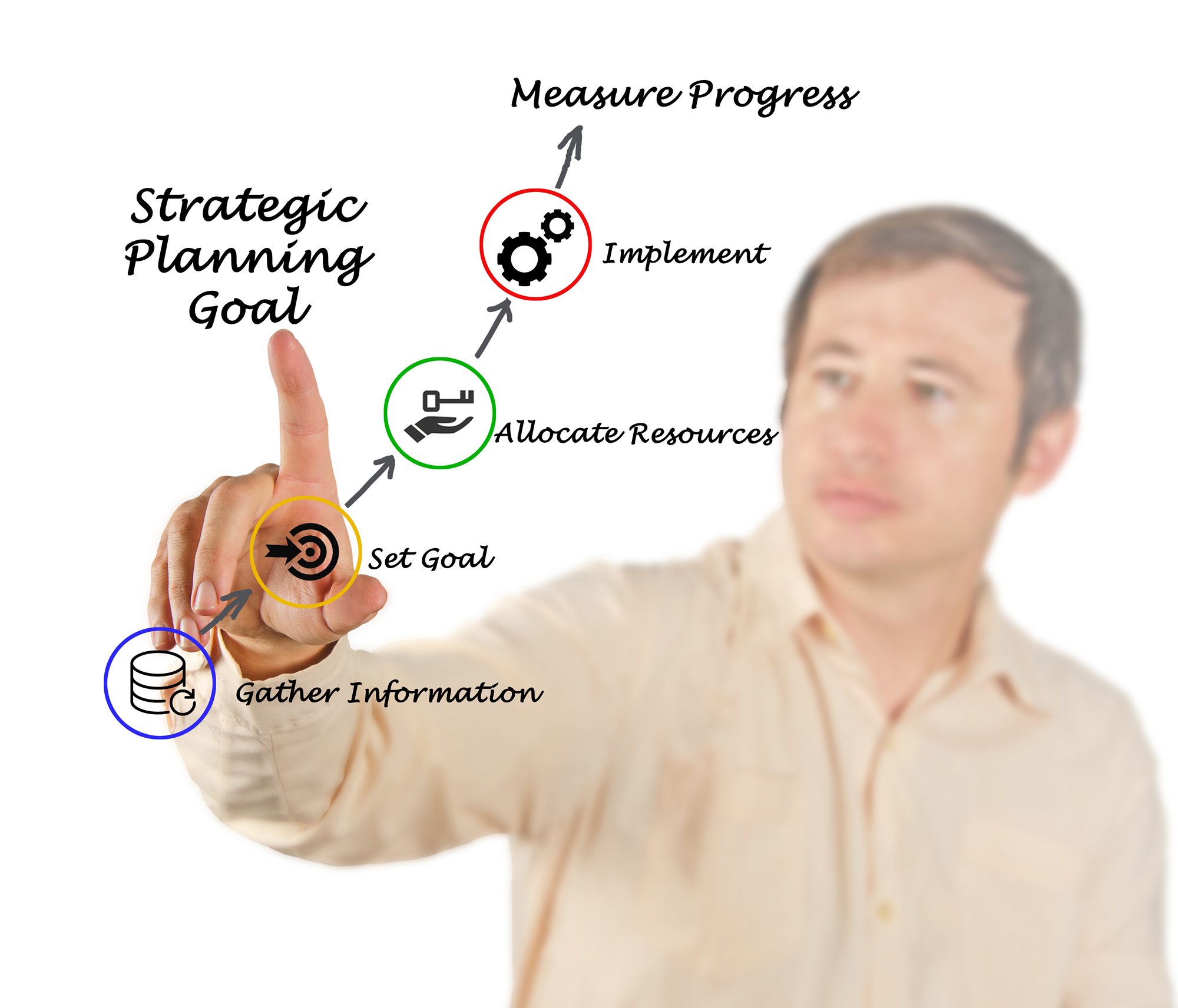 Strategic planning is important for you as a new president to plan your year ahead. You should have completed your Rotary Health Check and identified areas for improvement.
Strategic planning is important for you as a new president to plan your year ahead. You should have completed your Rotary Health Check and identified areas for improvement.
Get a team of members together to set goals and develop plans for achieving those goals. You should align your club's goals to reflect those of your district and Rotary's strategic plan. Download the Strategic Planning Guide to help you through the process of developing your plan.
The first step is to identify the club's strengths and weaknesses, opportunities and challenges. Think about 'What do we want our club to be like'.
Next think about how you are going to achieve your short and long term goals. Document the plan setting priorities, actions, and the resources needed. It is important to assign members to the priority and set a timeline for achievement.
Once you have documented a draft plan, present it to members for comment and to get their 'buy in'. In most clubs there is a significant amount of knowledge and skills. Once there is consensus on the plan it is time to make sure that you have a budget to achieve your priorities!
2.3. Program for the year's activities
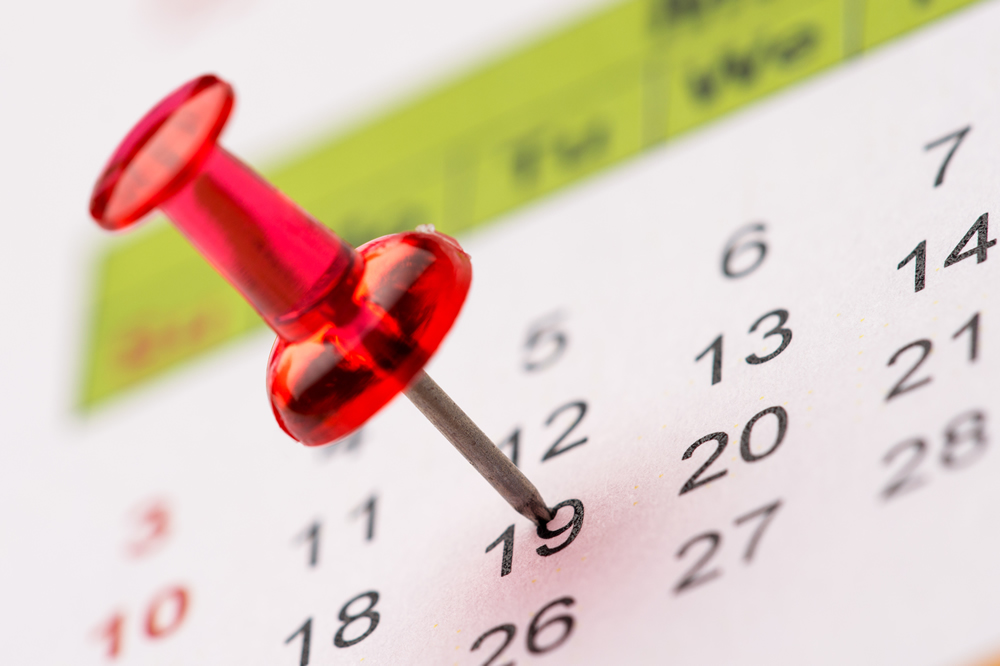 Part of the planning process is to plan the activities of your club for the year. In most clubs there is a person or group who works on the program. What is important for you as president is to ensure the program includes key events for Rotary International and the District Calendar ie Learning and Development activities, key programs for New Generations, Community, International, Vocational and events such as Changeover, presidents meetings etc.
Part of the planning process is to plan the activities of your club for the year. In most clubs there is a person or group who works on the program. What is important for you as president is to ensure the program includes key events for Rotary International and the District Calendar ie Learning and Development activities, key programs for New Generations, Community, International, Vocational and events such as Changeover, presidents meetings etc.
Ideas for your program
- A good 'sprinkling' of interesting guest speakers on interesting topics. You might like to follow the 'Rotary International Theme' for the month (this is only a suggestion but it works well).
- Rotary should be about fun so regular social events are good idea.
- Have regular Club Assemblies to keep your projects on track, discuss new ideas and projects and to involve all members in decision making.
- Make sure you have your Board meetings as per your Constitution and ByLaws.
2.4. Budget
 As part of your role as president it is important to work with your Treasurer and Board to plan a budget for your year. To start you could consider the Club's budget from last year. You should include in your budget income and expenses.
As part of your role as president it is important to work with your Treasurer and Board to plan a budget for your year. To start you could consider the Club's budget from last year. You should include in your budget income and expenses.
The following template spreadsheet from My Rotary may be good guide if your club does not already have a proforma.
2.5. Fundraising
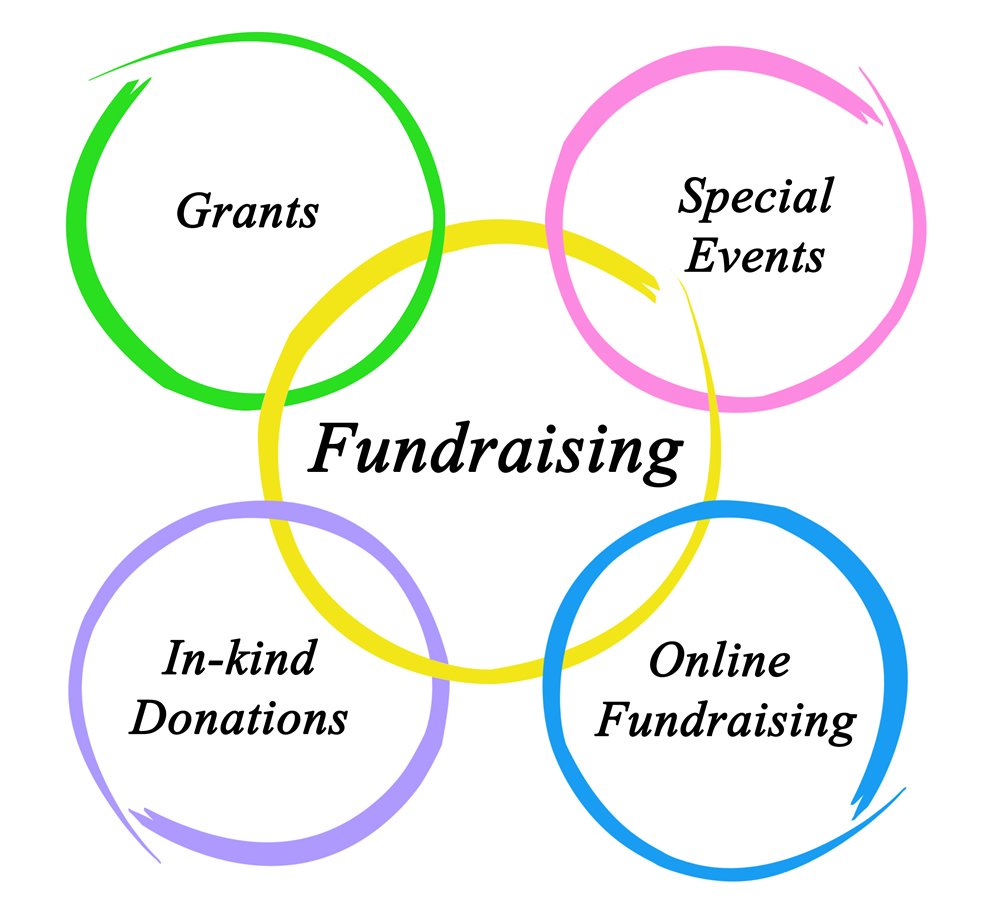 Fundraising is challenging and many clubs have some really great ways of raising funds and we will share ideas in this course.
Fundraising is challenging and many clubs have some really great ways of raising funds and we will share ideas in this course.
Examples may include:
- raffles
- auctions
- BBQs
- markets
- dinners and high teas
- walkathons
- high teas
- movie nights etc.
Before you plan an event it is advisable to develop a plan.
Creating a fundraising plan:
- Identify your fundraising needs
- Establish a budget
- Consider and address local laws for fundraisers
- Determine available resources in your community
- Outline the event's logistics (such as selecting the location, ordering supplies, and arranging for set up and tear down)
- Describe how volunteers will be organised
- Consider how to publicise the event
- Provide ways to measure its success
More information on ways of Fundraising on My Rotary
2.6. Getting funding through Rotary
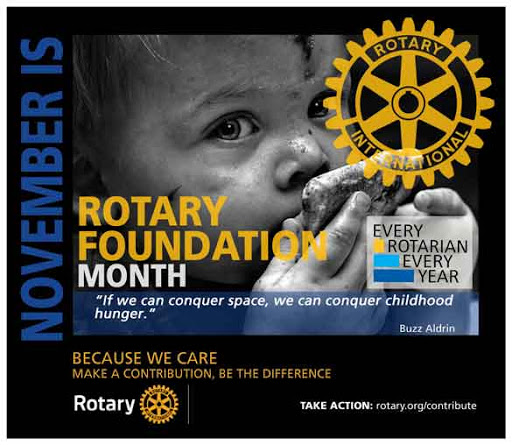 Your club should make donations
to the Rotary Foundation. These contributions you give to The Rotary Foundation make possible a variety of grants to help fund your local and international projects and activities.
Your club should make donations
to the Rotary Foundation. These contributions you give to The Rotary Foundation make possible a variety of grants to help fund your local and international projects and activities.
District grants
District grants fund small-scale, short-term activities that address needs in your community and communities abroad.
Global grants
Global grants support large international activities with sustainable, measurable outcomes in Rotary's areas of focus.
Programs of scale grants
Programs of scale grants are Rotary Foundation grants that benefit a large number of people or a significant geographical area.
Disaster response grants
Disaster response grants support relief and recovery efforts in areas that have been affected by natural disaster.
Qualification for a Rotary Grant
Clubs and districts must become qualified in order to receive grant funding from The Rotary Foundation.
If your club wishes to apply for global grants, your president and president-elect must:
- Agree to the club qualification MOU
- Complete the grant management seminar training as outlined by the district
- Complete any additional steps that your district requires
Your club must qualify each year if you plan to apply for global grants.
Adapted from My Rotary (accessed 8 April 2020). More information about Grants at My Rotary
2.7. Developing your club
There are a number of areas that you may concentrate on in developing your club during your year as president:
- growing membership
- diversifying your club
- becoming more visible in your local area
- the reason most people stay in Rotary is the valuable friendships and connections they make
- it is important to keep your members engaged
- motivated members put in extra effort.
What does your Club do to engage both current and new members?
What could your Club do better?
Ask Club members what is working or not working.
But don't forget to celebrate the great things your Club has achieved!
2.8. Projects
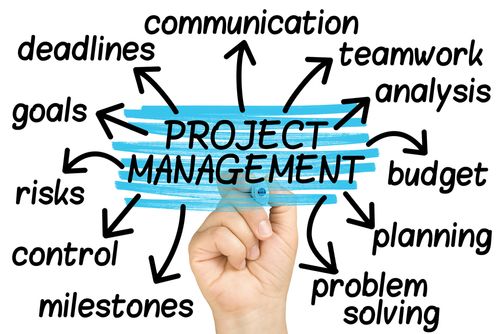 As a new president it is important to plan what projects your club will undertake in the following Rotary Year. Here are some ideas to help you get started and make some decisions about which projects your club may undertake.
As a new president it is important to plan what projects your club will undertake in the following Rotary Year. Here are some ideas to help you get started and make some decisions about which projects your club may undertake.
- Go through the following presentation on Project planning
- Go to MyRotary and read about some ideas for projects and supporting resources
- The following documents may be of use to you. Submission to the Board. Project brief.
2.9. Rotary's areas of focus
The work of Rotary begins in the community, and every community has its own unique needs and concerns. While Rotary serves in countless ways, they have focused efforts in seven key areas to maximise impact. These areas encompass some of the world’s most critical and widespread humanitarian needs, and we have a proven record of success in addressing them:
- Peace and conflict prevention/resolution
- Disease prevention and treatment
- Water, sanitation and hygiene
- Maternal and child health
- Basic education and literacy
- Community and economic development
- Supporting the environment
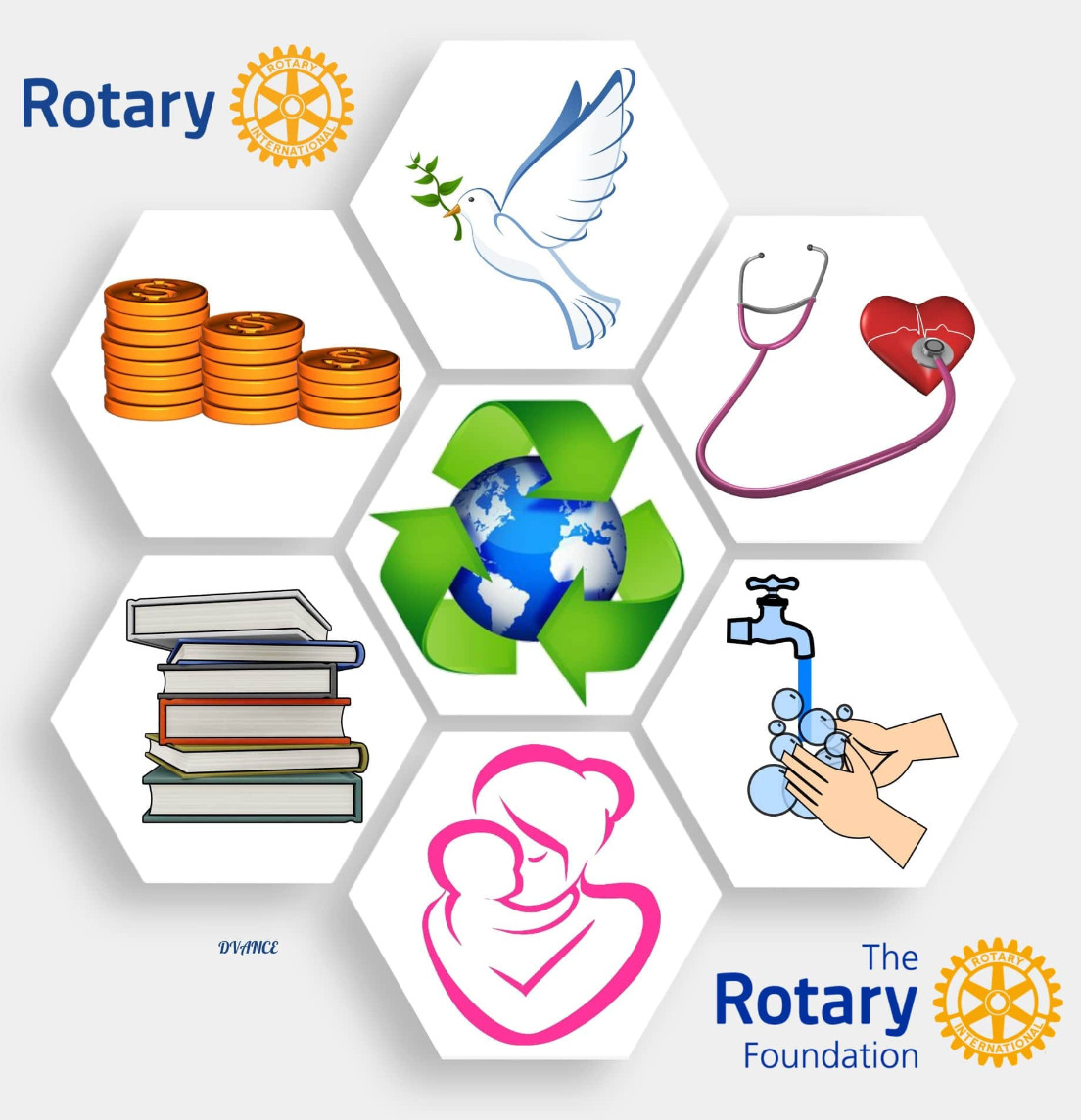
2.10. Rotary Citation
Your club can earn a Rotary Citation each year for achieving goals that strengthen Rotary and your club. Goals include increasing club membership, developing sustainable service projects, giving to The Rotary Foundation, and building awareness of Rotary in your community.
To find out more about the Rotary Goals that will lead to a Rotary Citation download Citation Goals and Instructions. Then, when you are ready and your club has agreed to the Rotary Goals for the year, go to Rotary Club Central to enter your goals. Note: if you need help then speak to your Assistant Governor.
3. Managing meetings effectively
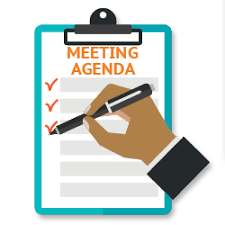 There are different types of meetings that Clubs need to be aware of and know how to manage effectively:
There are different types of meetings that Clubs need to be aware of and know how to manage effectively:
- regular club meetings
- online meetings
- board meetings
- club assemblies
- District Governor's visit
- visit by Assistant Governor
- Annual General Meeting and election of officers
Please note: Ensure you have an agenda for all meetings
3.1. Regular meetings
 A Club Meeting is where most of your members experience Rotary:
A Club Meeting is where most of your members experience Rotary:
- Make sure your meetings are connecting with members
- Celebrate member activities
- Increase awareness of local and global issues e.g. Rotary video to showcase projects
- Keep members informed of Rotary initiatives
- Make sure you have interesting guest speakers at regular intervals
- Variety of activities eg business, guest speaker, industry visits and social outings
- Make your meeting fun, inspiring and engaging
More information on Club meetings from My Rotary.
3.2. Online meetings
 In today's world due to the current situation with Covid 19 and social isolation, many clubs are turning to web conferencing to continue to engage in meetings and undertaking club business.
In today's world due to the current situation with Covid 19 and social isolation, many clubs are turning to web conferencing to continue to engage in meetings and undertaking club business.
There are other reasons, however, for online meetings that can save time and travel. Online meetings can also provide opportunities for people to attend who may not be able to attend a face-to-face meeting.
Whether your meeting is in person or online, you can engage a wide range of different guest speakers who may only be able to join online.
More information on online meetings on My Rotary
3.3. Board meetings
 Getting ready:
Getting ready:
- circulate the minutes and actions from the previous meeting soon after the meeting
- develop your agenda with your secretary and ask members of the Board for agenda items. Circulate the agenda to Board members prior to the meeting
- allow enough time to address all items on the agenda
- hold a special Board meeting if there are issues that need to be addressed between meetings
- Board meetings should be held monthly or as per the Club bylaws
- make sure you have a quorum as per your Bylaws
3.4. Club assembly
Club assemblies:
- are an opportunity to exchange ideas
- a club should hold 4-6 per year
- encourage all members to attend
- the president should lead the club assembly
- seek member input to make sure that their interests and concerns are being addressed
3.5. Visit by Rotary Community Leader (RCL)
Get to know your Assistant Governor. They are there to support you and your club and keep you in touch with what is happening at District level and Rotary International. You club is autonomous but also part of the wonderful Rotary organisation:
- your RCL should visit at least 4 times in the Rotary year. You may like to invite them to a Board meeting so they can get an idea of your programs/projects
- invite them to present on what is happening at District level and any major events in Rotary International
- when they attend you should fund their meal if the meeting is a dinner/lunch/breakfast meeting
- make them feel welcome, they are there to support you and can often add an independent point of view in difficult situations
3.6. Visit by District governor
District Governor visits are important to your club:
- To provide support to your club
- Update on District activities, goals
- Opportunity for your club to discuss your goals, achievements, concerns
- Schedule the visit to coincide with a special event – induction ceremony, new member orientation program, award presentation
To prepare for the Governor’s visit:
- Review your club’s progress towards goals
- Reflect on member morale
- Identify questions or concerns to discuss with governor
- Organise reports from committees – plans, activities, accomplishments
3.7. Annual General Meeting and election of officers
The Annual General Meeting (AGM) should be held within 6 months of the end of the financial year (ie. by 31st December). Ensure you have a quorum (see your By-Laws for clarification)
The AGM agenda should include:
- The adoption of Minutes of the previous AGM
- The election of Officers and Auditor
- Approval of audited accounts from the previous year:
- For Clubs that generate an income of more than $250,000 per year this is mandatory
- Clubs who generate less than $250,000 per year the financial records can be reviewed by two club members who have a background in finance, however, many clubs still choose to undertake an external audit as accepted best practice
- Lodge an annual statement by the Public Officer with the Department of Fair Trading within one month after AGM
- Time period to notify members of any meeting is 21 days.
At the AGM your Board for the following year should be elected:
- All positions on your Board. The president's position must change yearly except in exceptional circumstances then the president may continue for a period of 18 months.
- One month before elections, members nominate candidates for President, Vice President, Secretary, Treasurer, and any open Director positions. The nominations may be presented by a nominating committee, by members from the floor, or both.
- A nominated person from the Club can be the returning officer if there is more than one nomination. Usually the returning office is the Club secretary
- Communication of the results is via circulation of the minutes from the meeting and Club Bulletin
Please note: check your Club Bylaws for clarification on the AGM process.
A sample agenda and instructions is available on page 90 of the 'Running an incorporated association in NSW'
Reference: Rotary Constitution, Article 7, Section 2.
3.8. Changeover
 Changeover is a very important for clubs and it is essential that proper protocol is followed.
Changeover is a very important for clubs and it is essential that proper protocol is followed.
Changeover checklist
- Book venue.
- When planning check other local Clubs dates and share yours to avoid local clashes.
- Organise an events manager to take bookings and organise catering.
- Invite District Governor first so they are locked in.
- Invite other local club presidents and local dignitaries.
- If you are planning presentations invite guests and recipients early so they save the date.
- Organise all the directors to do a report and amalgamate these into an Annual Club Report.
- Plan program – see examples.
- Organise and brief the Master of Ceremonies in the correct protocol. For example you must acknowledge the District Governor or representatives first, Rotary presidents etc. then local dignitaries.
- Organise someone to do the Toast to Rotary International – be sure it is correct. If the District Governor is present they do the Toast. If not a Past District Governor. If that is not possible the someone from the District Leadership team. Again if that is not possible the outgoing President of the Club.
- A response to Rotary International Toast only needs to be done if the District Governor does not do the toast. It should be the most senior person in attendance.
- Organise a thank you gift for the outgoing President and partner if there is one.
- Prepare a display highlighting awards and achievements – highlighting the last year.
- If organising a cake with the Rotary logo ensure it is the correct logo (see Marketing and Public Image for guidelines).
- Program for the tables.
- Plan seating arrangements so District Governor or those representing the District Governor is seated with president and that other dignitaries are greeted and looked after by a Rotarian.
Examples
You will need to change the theme icons for the upcoming year (available in Marketing and Public Image under Rotary Themes). Also ensure your club logo is correct.